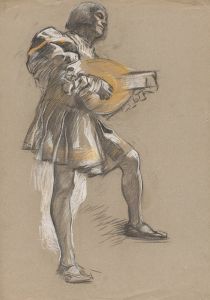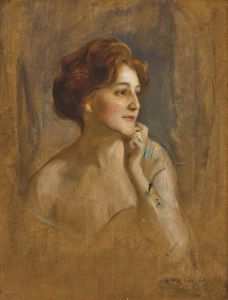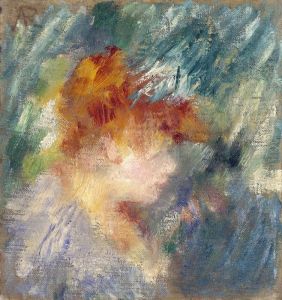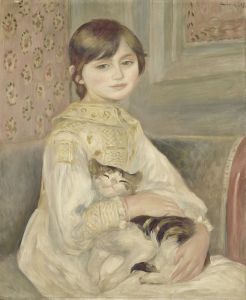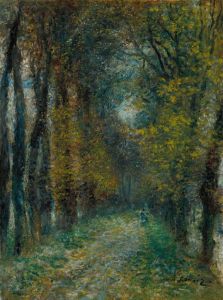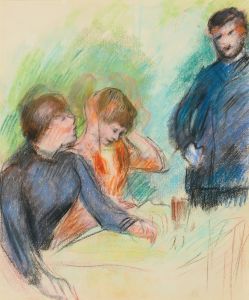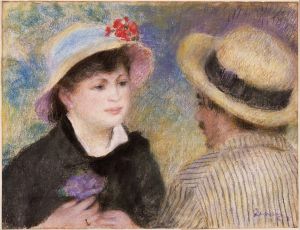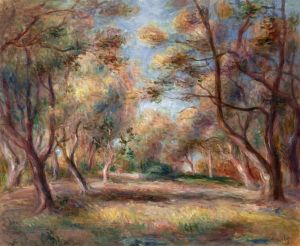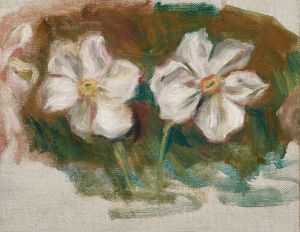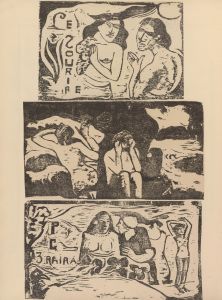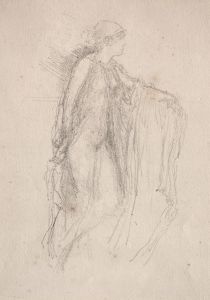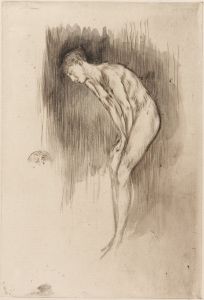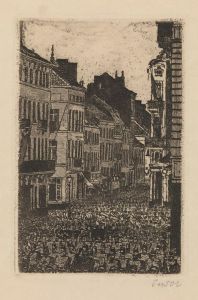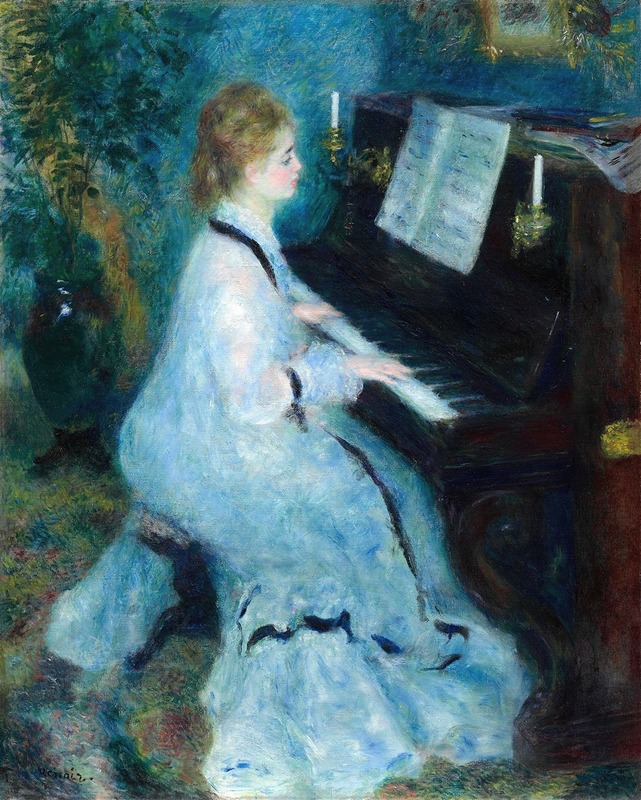
Woman at the Piano
A hand-painted replica of Pierre-Auguste Renoir’s masterpiece Woman at the Piano, meticulously crafted by professional artists to capture the true essence of the original. Each piece is created with museum-quality canvas and rare mineral pigments, carefully painted by experienced artists with delicate brushstrokes and rich, layered colors to perfectly recreate the texture of the original artwork. Unlike machine-printed reproductions, this hand-painted version brings the painting to life, infused with the artist’s emotions and skill in every stroke. Whether for personal collection or home decoration, it instantly elevates the artistic atmosphere of any space.
Pierre-Auguste Renoir's Woman at the Piano is an oil painting created in 1875 by the renowned French Impressionist artist. The artwork depicts a young woman seated at a piano, absorbed in her music. This painting is a notable example of Renoir's interest in capturing intimate, everyday moments, a hallmark of his Impressionist style. The composition reflects Renoir's fascination with light, color, and the interplay between the subject and her surroundings.
The painting showcases Renoir's characteristic use of soft, fluid brushstrokes and a warm, luminous palette. The woman, dressed in a modest yet elegant outfit, is portrayed with a sense of grace and tranquility. The piano, a central element in the composition, is rendered with careful attention to detail, emphasizing its polished surface and the sheet music resting on it. The background is softly blurred, drawing the viewer's focus to the figure and the piano while creating a sense of intimacy and immediacy.
Woman at the Piano is part of Renoir's broader exploration of domestic and leisure scenes, which were popular subjects among Impressionist painters. During this period, Renoir often painted women engaged in various activities, such as reading, sewing, or playing music, reflecting the cultural and social norms of the time. Music, in particular, was a recurring theme in his work, symbolizing refinement and the pleasures of bourgeois life in late 19th-century France.
The painting is also significant for its technical qualities. Renoir's mastery of light is evident in the way he captures the subtle reflections on the piano and the soft glow of the woman's skin. The interplay of light and shadow adds depth and dimension to the scene, enhancing its realism while maintaining the Impressionist emphasis on atmosphere and mood.
Woman at the Piano is housed in the Musée d'Orsay in Paris, France, which holds an extensive collection of Impressionist and Post-Impressionist masterpieces. The painting is celebrated for its beauty and its ability to convey a moment of quiet introspection, making it a quintessential example of Renoir's work during the height of the Impressionist movement.
This artwork continues to be admired for its technical brilliance and its ability to evoke a sense of warmth and intimacy. It remains an important piece within Renoir's oeuvre and a testament to his skill in capturing the subtleties of human emotion and everyday life.





